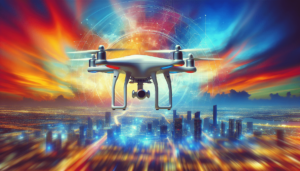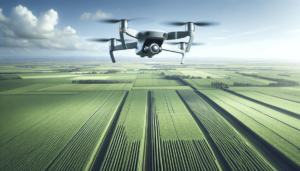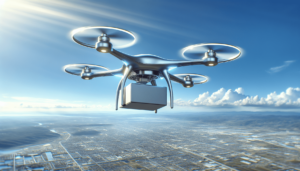Can technology offer a lifeline to the planet’s most threatened species, or are we merely scratching the surface of potential opportunities? The advent of drone technology has sparked a revolution in wildlife conservation efforts, offering a unique vantage point from which to monitor, protect, and understand our planet’s biodiversity. This convergence of cutting-edge technology and ecological stewardship represents a critical juncture in how we address pressing environmental challenges. Within this framework, I navigate the profound impact of drones on wildlife conservation, providing a thorough exploration of this intriguing topic.
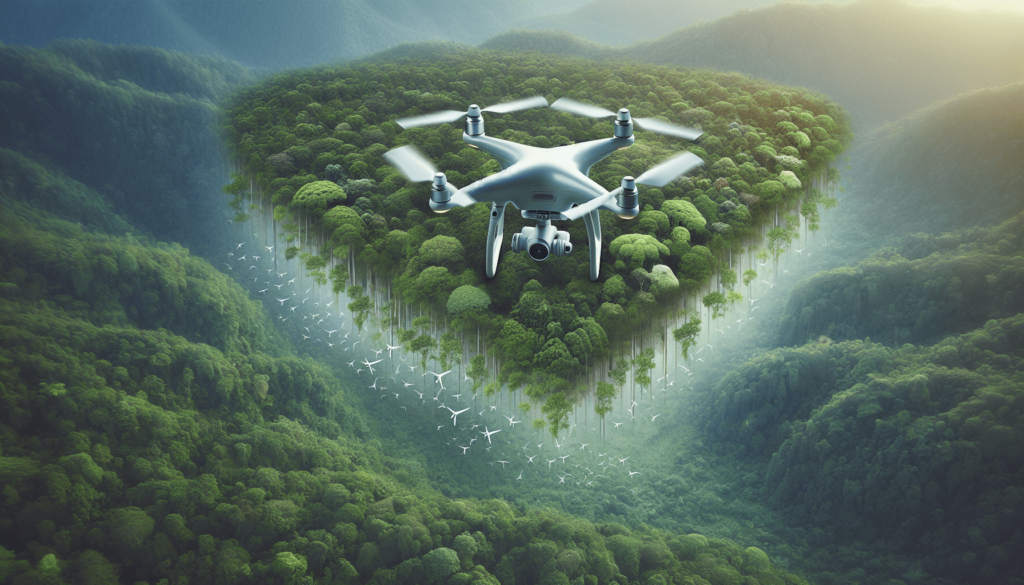
The Evolution of Drones in Conservation
The initial conception of drones emerged from military applications, but their role quickly expanded into various civilian sectors. This technological evolution has affected numerous fields, particularly wildlife conservation, where drones have become invaluable tools. Drones offer a new frontier in ecological monitoring that was previously unattainable by traditional means.
The Shift from Military to Civilian Use
Initially, drones—respectfully called Unmanned Aerial Vehicles (UAVs)—were deployed for reconnaissance purposes in military settings. However, their potential for non-military applications soon became apparent. Equipped with cameras and sensors, drones are now employed in agriculture, real estate, and finally, the field of conservation.
Technological Advancements
Significant advancements in drone technology have increased their affordability, making them accessible to smaller organizations. This accessibility enables a broader range of conservation efforts around the globe. Drones now come equipped with high-resolution cameras and infrared sensors, which are crucial for monitoring wildlife without disrupting their natural behaviors.
How Drones Are Used in Wildlife Conservation
The integration of drones into conservation efforts has provided researchers and conservationists with unprecedented capabilities. From surveying difficult terrains to tracking endangered species, drones have proven to be versatile and vital.
Animal Counting and Monitoring
Drones allow researchers to conduct aerial surveys, facilitating the counting and monitoring of animal populations. This information is crucial in developing conservation strategies and allocating resources effectively. Traditional methods are often time-consuming and less accurate, whereas drones enable higher efficiency and accuracy.
Habitat Surveillance
The ability of drones to access remote or challenging terrains allows for comprehensive habitat surveillance. Using drones, conservationists can identify changes in ecosystems and habitat fragmentation, which are critical in habitat management and restoration efforts.
Poaching Prevention
Drones have revolutionized the fight against poaching. Equipped with real-time surveillance capabilities, drones can monitor protected areas, sending alerts to rangers about suspicious activities. This innovation enhances the capacity to respond swiftly, thereby reducing illegal poaching incidents significantly.
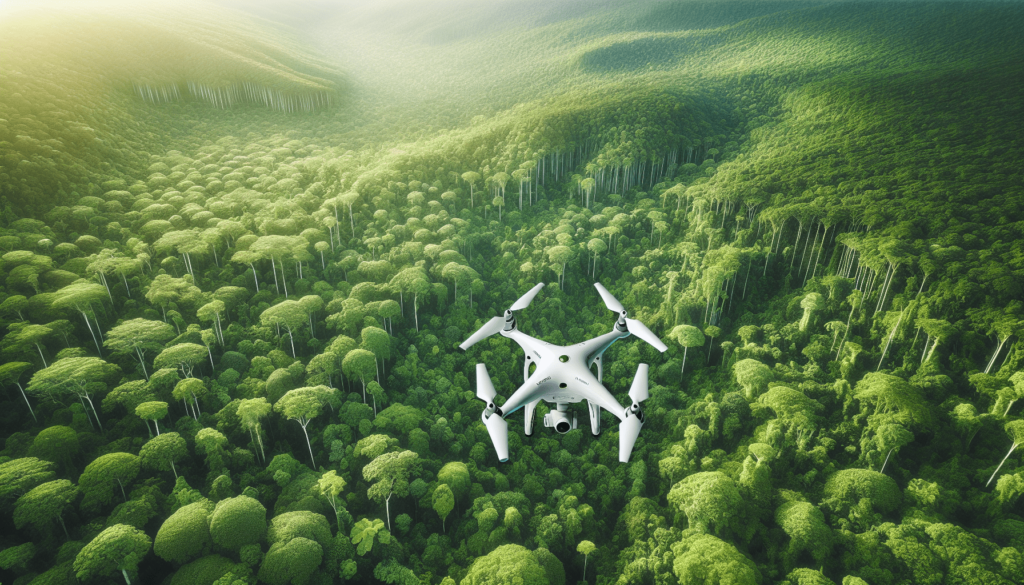
Benefits of Using Drones
Employing drones in conservation efforts comes with a host of benefits, from cost-effectiveness to improved data collection methods.
Cost-Effectiveness
Compared to traditional wildlife monitoring methods, drones are a cost-effective solution. They require fewer resources and reduce the need for expensive helicopter surveys or extensive field personnel deployment.
Reduced Human-Wildlife Conflict
Drones minimize human interaction with wildlife, reducing the risk of disturbing animals and potentially altering their natural behaviors. This capability is particularly important in studying sensitive species that react negatively to human presence.
| Benefit | Explanation |
|---|---|
| Cost-Effectiveness | Cheaper than traditional survey methods such as helicopters or on-the-ground personnel. |
| Precision and Accuracy | Offers more precise data collection, which is vital for informed decision-making. |
| Reduced Disturbance | Drones are less intrusive, minimizing stress and behavioral alterations in wildlife. |
Challenges and Ethical Considerations
Despite their numerous advantages, the use of drones in wildlife conservation is not without challenges. Ethical considerations and technical limitations must be addressed to ensure their effective deployment.
Technical Limitations
Battery life, range, and weather dependency are prominent constraints of drone technology. These technical limitations can hinder operations, especially in remote areas with unpredictable weather conditions.
Ethical Concerns
The introduction of drones into wildlife habitats stirs ethical concerns regarding animal disturbance. Balancing the benefits of drone surveillance with the potential stress caused to animals is an ongoing challenge. Conservationists must adhere to strict protocols and guidelines to minimize any negative impact on wildlife.
Case Studies: Success Stories in Drone-Aided Conservation
Several successful case studies illustrate the effectiveness of drones in conservation efforts, demonstrating their potential in protecting biodiversity.
Orca Monitoring in British Columbia
In British Columbia, researchers have utilized drones to monitor orca populations. Drones equipped with high-resolution cameras capture imagery for health assessments without disturbing the aquatic mammals. This practice has provided valuable insights into orca behaviors and health, contributing to their conservation.
Anti-Poaching Efforts in Africa
In Africa, drones have played a crucial role in anti-poaching operations. Real-time aerial surveillance allows park rangers to monitor vast protected areas, resulting in a noticeable decrease in poaching incidents. The use of infrared technology enables operations during the night, enhancing the effectiveness of these initiatives.
Environmental Impact of Drone Use
While the benefits of drones in conservation are evident, it is imperative to consider their environmental impact.
Carbon Footprint
Though drones have a significantly smaller carbon footprint than helicopters, regular usage contributes to emissions. Efforts to develop environmentally friendly drones, such as those powered by solar energy, are underway to mitigate this impact.
Noise Pollution
Drones can generate noise, potentially affecting wildlife. Manufacturers are continuously improving designs to minimize sound, ensuring minimal disturbance to animals.
Sustainable Practices
Conservationists are adopting sustainable practices by using drones responsibly and in combination with other conservation tools. This approach maximizes benefits while minimizing potential adverse effects.
| Environmental Concern | Mitigation Strategy |
|---|---|
| Carbon Footprint | Use of solar-powered drones and optimizing flight paths to reduce emissions. |
| Noise Pollution | Designing quieter drones and restricting flights during sensitive periods. |
| Habitat Intrusion | Implementing strict operational protocols to minimize disruption to wildlife. |
The Future of Drones in Conservation
The future of drones in wildlife conservation holds immense promise. With rapid technological advancements and a growing emphasis on ecological preservation, drones are poised to play an even more significant role.
Integration with Artificial Intelligence
Artificial Intelligence (AI) complements drone technology by enhancing data processing capabilities. Through AI, drones can autonomously analyze large datasets, identify patterns, and predict trends, facilitating more informed conservation decisions.
Global Collaboration
International collaboration will expand the impact of drones in conservation. By sharing technology, data, and expertise, global initiatives can be developed to address biodiversity loss more effectively.
Policy and Regulation
Appropriate policy frameworks and regulations are crucial in guiding the ethical and responsible use of drones in conservation. Establishing international standards will ensure drones are used sustainably and responsibly, promoting wildlife conservation on a global scale.
Conclusion
Drones have redefined the landscape of wildlife conservation. Offering unprecedented perspectives and capabilities, they serve as critical tools in the ongoing battle to preserve the planet’s biodiversity. As technology advances and our commitment to conservation deepens, drones will undoubtedly continue to play a transformative role in safeguarding our natural world. Through strategic application, mindful practice, and continuous innovation, the intersection of drones and wildlife conservation will evolve, aligning technological progress with ecological preservation for the greater good.
